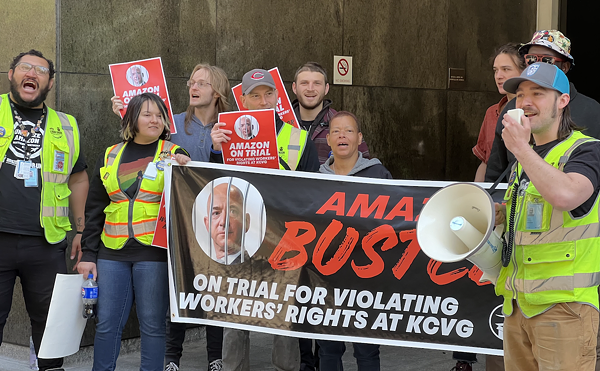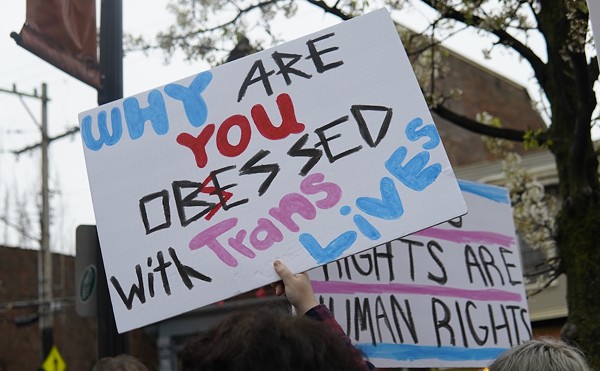Local public access media organization
Media Bridges
is shutting its doors for good by the end of the year, ending nearly 25 years of public service.The organization’s demise is a result of the city eliminating funding for Media Bridges in its latest budget, which was passed by City Council in May.
“It is with great sadness that I must announce that Media Bridges will close its doors by the end of 2013. The city has made it extremely clear that we will not be receiving any more funding from them. While we have tried many other avenues for revenue it has become clear that we will be unable to sustain operations beyond 2013,” Media Bridges Executive Director Tom Bishop announced Tuesday in the organization’s newsletter.
The shutdown will be a steady process, with Media Bridges completely closing once its channels are transferred or Dec. 13 — whichever comes first.
The city’s budget cuts were originally considered in December, but City Council managed to restore some funding to keep the organization afloat. Prior to the partial restoration, Bishop
had called the cuts a “meteor” to his organization’s budget
.City officials previously defended the cuts to Media Bridges, citing city surveys that ranked the program poorly in terms of budgetary importance. For the surveys, the city used meetings and mailed questionnaires to gauge public opinion.
But Bishop claims the surveys’ demographics were lopsided against low-income Cincinnatians, the income group that benefits the most from public access programs like Media Bridges.
For both the meeting-based and mail-in surveys, Bishop’s claim checks out. His concern is even directly acknowledged and backed in
the documented survey results for the meetings
: “Twenty-two percent of meeting participants earned less than $23,050 per year, compared to 40.8 percent of the population at large who earn less than $24,999 per year. While this is not representative of the population at large, the data does indicate strong participation from low income residents.”Meanwhile, wealthier Cincinnatians were much better represented, with 11 percent of meeting participants making $150,000 or more per year despite only 6 percent of the city at large belonging to that income group, according to the survey results.
The same issue can be found in
the mail-in survey
: Only 22 percent of respondents made less than $25,000, while 10 percent made $150,000 or more.“It’s ridiculous that they would call that representative of the city of Cincinnati,” Bishop says.
Instead of using its skewed survey results, Bishop argues the city should have looked at the 2010 Spring Greater Cincinnati Survey from the University of Cincinnati’s Institute for Policy Research. In that survey, Cincinnati respondents were asked how important it was to provide recording equipment to citizens and neighborhoods so they can “produce educational and public access programs for cable television.” About 54.3 percent called it “very important,” 33.9 percent labeled it “somewhat important” and 11.7 percent said it was “not too important.”
City officials also defended the cuts by claiming that funding was only provided as a “one-year reprieve” after Media Bridges lost state funding that came through Time Warner Cable, which successfully lobbied to end its required contributions in 2011.
Bishop disputes the city’s claim, saying Media Bridges and its staff weren’t informed that the city funding was meant to be temporary — at least until it was too late.
Media Bridges is a public access media organization founded in 1988 that allows anyone in Cincinnati to record video and sound for publicly broadcasted television and radio. It also provides educational programs for people new to the process.
Although Media Bridges is closing down, the city is still funding CitiCable, which, among other programming, broadcasts City Council and county commissioner meetings, through franchise fees from Cincinnati Bell and Time Warner.





